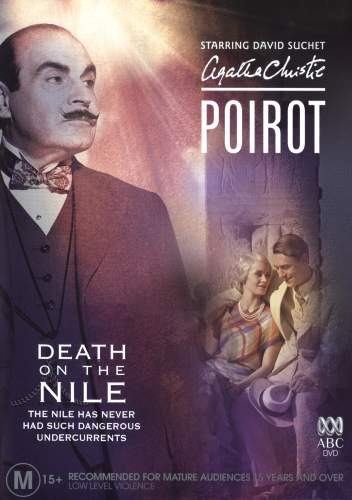
The creative use of language is an important aspect of language learning often ignored in second language classrooms. Teachers and students focus on definite aspects of language learning (grammar, vocabulary, pronunciation) that are easily taught but not easily assessed. The myriad of issues/challenges involved in oral assessment has led me to reconsider and evaluate alternative methods that allow students to be creative with what they are learning.
Let’s look at the issues involved in oral assessment. First, students are often not prepared for these kinds of exams. The reasons are numerous. They are not familiar with these kinds of exams and, therefore, do not know how to prepare. Also, they are just not motivated. Second, if they are prepared, nervousness often takes over and the results are not as the students wanted. Third, students often have memorized responses to questions they think the teacher will ask. The end result of memorized responses is English production, not communication. Follow-up questions are usually met with confusion by students. Fourth, oral assessments are challenging for the professor/teacher. Listening to similar questions and answers from every student can tax our listening skills as well.
For the past three years, I have successfully used the famous murder mystery, Death on the Nile, as a final project in conversation classes. Students write a script that reveals who the murderer is, why the murder was committed, and how it was done and create a 4-7 minute video from their script. The requirements for the script include (1) asking 4-6 starter questions, (2) answering those questions and writing follow-up questions, (3) using rejoinders, (4) 7-10 vocabulary words or phrases from the movie, and (5) 3-5 modals of certainty. In addition to writing the script, each student takes on the role of one character from the movie when they make the video. This offered opportunities for creativity that allowed students to break free from their old language patterns and pushed many to a higher level of language learning.
This project has addressed the motivation issue that many students face. In Motivational Strategies in the Language Classroom, Zoltan Dornyei explains “Human like to be challenged…This means that tasks in which learners need to solve problems, discover something, overcome obstacles…are always welcome.” (p 76 ) “Tasks which concern ambiguous, problematic, controversial, contradictory, or incongruous material stimulate curiosity by creating a conceptual conflict that needs to be resolved.” (p 76)
The first key to success for this project was to lead students through the creative process. Decisions about the murder were made immediately after finishing the movie activities in class. When the script was first introduced, I had students discuss with a partner who they thought the murderer was. By the end of class, the students were to write on a piece of paper who they thought did it and why. This focused students for the next class where they were given time to work on their script. The next class was a rehearsal where they read through their scripts, and I made suggestions and comments. The last class, where students watched each others’ videos, has continued to be a highlight for the past three years. In addition, we watch the final scenes and reveal the real name of the movie (students are told the name of the movie is Love in Cairo to avoid downloading).
Another key was to pick appropriate material for the age level. Death on the Nile was chosen because it is a story about a couple who kills an heiress for money. Students easily related to the concept of a love triangle.
The third key was to create a rubric to assess the video the students made. Careful consideration of use of language and pronunciation are as important as the action that highlights it.
If you have been frustrated with oral assessment, this could be an alternative for your classroom. The benefits were numerous. First, students used language that they would use in traditional oral assessment (question formation, answers, grammar, and vocabulary) in a creative, meaningful way. Second, they worked in groups which simulated real work experience. Third, students often communicated to each other in English while working on this project. Fourth, most students were motivated to do this assignment well due to the creativity involved.
References:
Dornyei, Zoltan (2014?) Motivational Strategies in the Language Classroom. Cambridge University Press.
 RSS Feed
RSS Feed